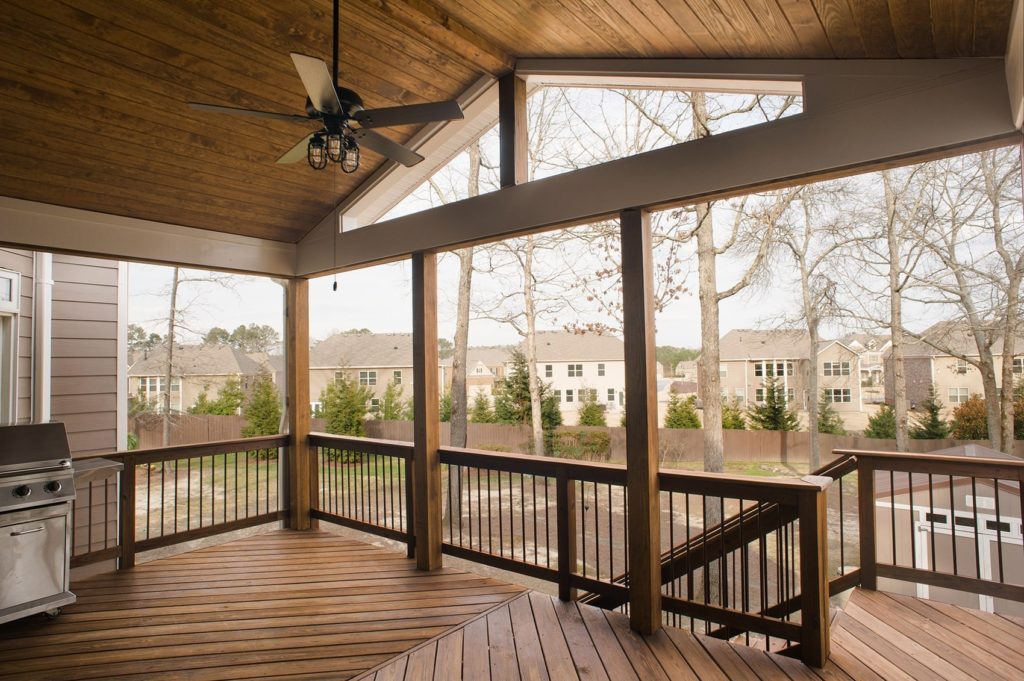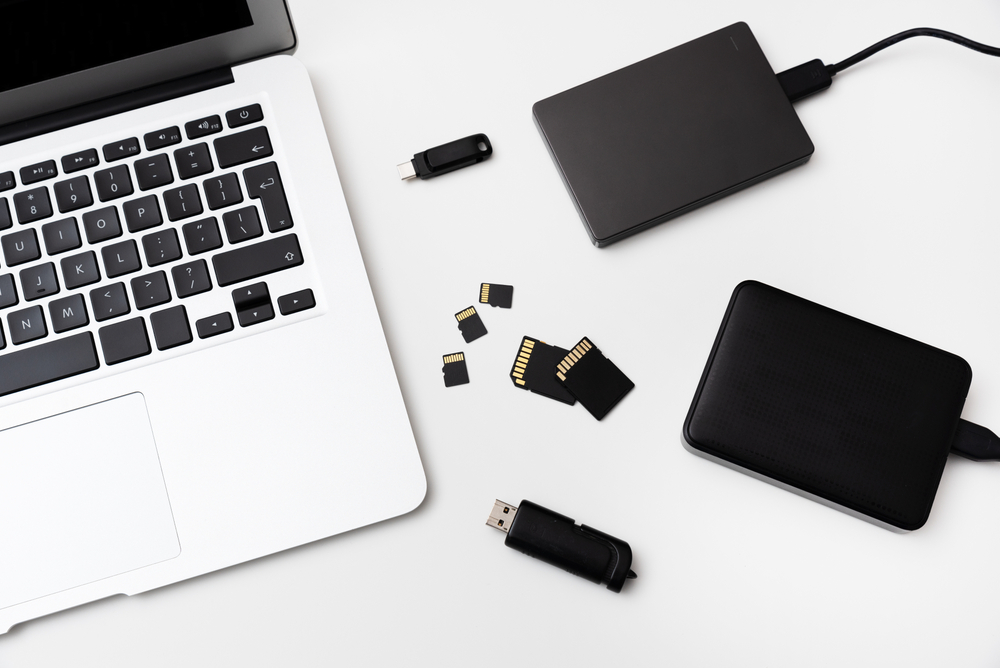
Airports have come a long way from relying only on manual systems. One of the biggest upgrades in recent years is the use of remote systems to manage runway lights. These systems help pilots land safely, especially at small or rural airports where there might not be a control tower operating 24/7. A great example of this is the pilot controlled lighting system, which gives pilots the ability to turn on runway lights with just a few clicks of their radio mic.
What Is a Pilot Controlled Lighting System?
A pilot controlled lighting system is a remote system that lets pilots turn runway lights on and off by using their aircraft radio. By clicking the mic on a certain frequency, the pilot can activate the lights before landing or during takeoff at airports without active air traffic control. This system is very useful at night or in poor weather when visibility is low.
With just a few clicks—usually three, five, or seven depending on the desired brightness—pilots can control the lights without needing ground staff. The system then keeps the lights on for a set time, often around 15 minutes, and shuts them off if not needed.
Why Are These Systems Important?
Remote lighting systems offer many benefits:
1. Improved Safety
Pilots can see the runway clearly, even at night or in foggy conditions. Being able to light the runway on demand reduces the risk of accidents during landings and takeoffs.
2. Energy and Cost Efficiency
Lights are not running all the time—they’re only turned on when needed. This saves energy and cuts down on electricity bills for airports. It also reduces the need for staff during off-hours, saving on labor costs.
3. Convenient for Pilots
Instead of depending on someone on the ground to flip the switch, pilots have full control. This is especially helpful for private pilots or those flying into smaller, remote airstrips.
4. Always Available
Even if no one is around at the airport, the lighting system is always ready. Pilots don’t have to wait for help—they can activate the lights themselves, anytime.
How the System Works
The way this system works is simple. When the pilot is within a certain distance from the airport, they tune their radio to a specific frequency. Then they click their mic:
- 3 clicks: low brightness
- 5 clicks: medium brightness
- 7 clicks: high brightness
Once activated, the lights stay on for about 15 minutes. If the pilot needs more time, they can just click again to reset the timer.
Modern Upgrades to the System
Today’s systems are more advanced than ever before. Some include digital screens for monitoring and adjusting settings. Others send alerts if a light stops working. These improvements help airport managers fix problems faster and keep everything running smoothly.
Some systems also collect data—like how often lights are used or which settings pilots choose most often. This data helps airports plan better and use their equipment more efficiently.
Eco-Friendly Benefits
Remote lighting systems also help protect the environment. Since lights are used only when needed, they reduce energy use. This means less electricity waste and a smaller carbon footprint. They also lower light pollution, which can disturb local wildlife and nearby homes.
Real-Life Example
Imagine a pilot flying into a small airport late at night. There’s no one at the control tower, and the runway is dark. With a pilot controlled lighting system, the pilot simply clicks the mic seven times. The lights come on at full brightness, guiding them safely to the ground. No delay. No need for help. Just simple, smart technology doing its job.
A Smarter Future for Airports
Remote systems like pilot controlled lighting are part of a bigger trend in smart aviation. As technology keeps improving, we can expect more automated and remote tools that make flying safer and more efficient. These systems save time, money, and energy—while keeping pilots in control.
In the future, we may see even more advanced versions with mobile app access, real-time weather updates, or automatic lighting based on flight tracking. The goal is always the same: safer, smarter, more efficient air travel.
Final Thoughts
Remote systems are changing the way airports work—especially smaller ones. With tools like the pilot controlled lighting system, pilots have more control, and airports can run more efficiently. These systems improve safety, save energy, and reduce costs. As airports continue to adopt smarter technology, the skies will become safer for everyone, one runway light at a time.







